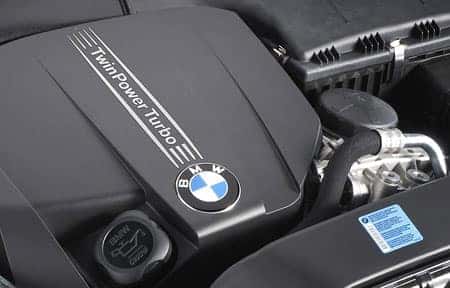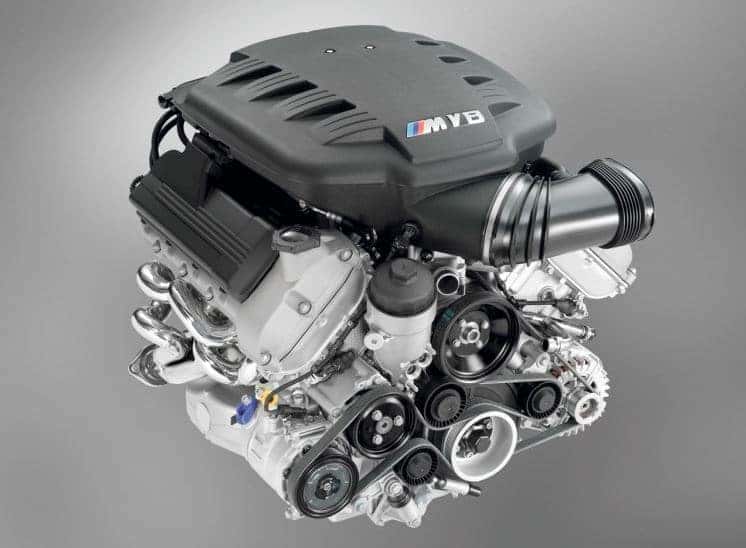Top 5 BMW Engine Technologies Revolutionizing the Automotive Sector
Top 5 BMW Engine Technologies Revolutionizing the Automotive Sector
Blog Article
Exploring the Evolution of Burning Engines in Modern Transport Equipments
As we navigate the landscape of contemporary transportation, the evolution of burning engines stands as a testimony to human resourcefulness and design expertise. The interaction of history, technology, and ecological issues in shaping the trajectory of burning engines produces a narrative that is both engaging and insightful.
Very Early Beginnings of Combustion Engines
Just how did the idea of burning engines first emerge in the very early phases of transport growth? The origins of combustion engines can be mapped back to the 17th century when the principles of internal combustion were very first checked out.
The development minute featured the innovation of the initial successful gasoline-powered engine by Karl Benz in 1885 - bmw engine. This engine paved the way for the growth of the contemporary car, revolutionizing transportation systems worldwide. Subsequent advancements by Nikolaus Otto and Gottlieb Daimler additionally fine-tuned burning engine modern technology, resulting in the automation of autos and the quick growth of the transport sector
These early burning engines were identified by their simpleness and performance, laying the foundation for the complex and effective engines used in modern transport systems. The advancement of combustion engines has contributed fit the means we take a trip and deliver goods, marking a considerable landmark in the background of transportation growth.
Change to Internal Burning Innovation
The shift to internal burning innovation marked an essential shift in the evolution of transport systems. This change started in the late 19th century, with creators like Nikolaus Otto and Gottlieb Daimler developing the initial successful internal burning engines. These engines reinvented transport by using a much more efficient and effective choice to heavy steam engines and electrical motors.
Among the key benefits of inner combustion engines was their ability to be reduced to fit into vehicles, causing the development of autos and motorcycles. This change from bulky, stationary engines to portable, mobile ones led the method for the modern-day transport systems we see today.
The change to inner combustion modern technology likewise stimulated developments in fuel modern technology, leading to the growth of gasoline and diesel as primary fuel sources for lorries. This shift not just made transportation a lot more accessible to the masses yet likewise laid the structure for the oil and gas industry to end up being integral to worldwide economies.
Effect of Combustion Engines on Transport
The adoption of combustion engines in transport systems catalyzed a profound change in the performance and speed of worldwide flexibility. Combustion engines transformed transport by giving a trustworthy and versatile source of power for different lorries, consisting of vehicles, ships, vehicles, and airplanes. This advancement dramatically boosted the ability for people and goods to relocate over long distances in shorter time frameworks, causing boosted connection in between areas and countries.
In addition, the prevalent read this article use burning engines has had a considerable influence on economic growth. The ability to deliver products effectively has spurred profession and business, permitting businesses to expand their markets and get to customers worldwide. This has actually promoted financial growth and globalization, as products can currently be transported much faster and in bigger quantities than ever previously.
Nonetheless, the environmental impact of burning engines can not be forgotten. The combustion of fossil fuels has actually caused air pollution and greenhouse gas emissions, adding to climate adjustment and positioning health dangers to populaces. bmw engine. Therefore, there is a growing focus on establishing alternative propulsion modern technologies to mitigate these unfavorable impacts and produce an extra sustainable future for transport
Advancements in Combustion Engine Layout
One noteworthy technology is the growth of turbocharged engines, which make use of exhaust gases to drive a generator that presses incoming air, enabling for more gas to be scorched, resulting in boosted power outcome without a substantial rise in engine size. Variable shutoff timing systems have additionally reinvented engine style by enhancing air flow at different engine rates, improving both power and performance. These developments jointly contribute to the continuous renovation of combustion engines in modern-day transportation systems.
Future Trends in Burning Engine Growth
With technology innovations driving continuous advancement, the future of combustion engine advancement is positioned to revolutionize transport systems around the world. One of the essential fads in burning engine development is the check here push towards greater effectiveness and lowered emissions.
One more noticeable trend is the adoption of hybrid modern technologies in burning engines. Crossbreed engines incorporate conventional burning modern technology with electric power, supplying boosted fuel efficiency and lower exhausts. As the vehicle sector changes towards electrification, crossbreed burning engines are viewed as a transitional solution that connects the void between traditional lorries and totally electrical ones.
Moreover, the integration of clever innovations, such as fabricated knowledge and information analytics, is expected to play a significant role in the future of combustion engine development. These technologies can next optimize engine performance in real-time, leading to much more efficient burning processes and enhanced total vehicle performance. Welcoming these future fads will certainly not just drive advancement in burning engine advancement however also add to an extra ecologically friendly and lasting transport ecological community.

Conclusion
Finally, the evolution of combustion engines in modern-day transport systems has actually been noted by substantial advancements in technology and design. From the very early starts of burning engines to the shift to interior combustion innovation, these engines have had an extensive effect on transportation. Innovations in burning engine layout remain to drive development in this field, with future trends focusing on more boosting performance and decreasing emissions. The future of combustion engines in transportation looks promising as r & d initiatives remain to press limits.
The roots of burning engines can be traced back to the 17th century when the principles of internal burning were first discovered. These engines reinvented transportation by using an extra effective and effective option to heavy steam engines and electric motors.

Report this page